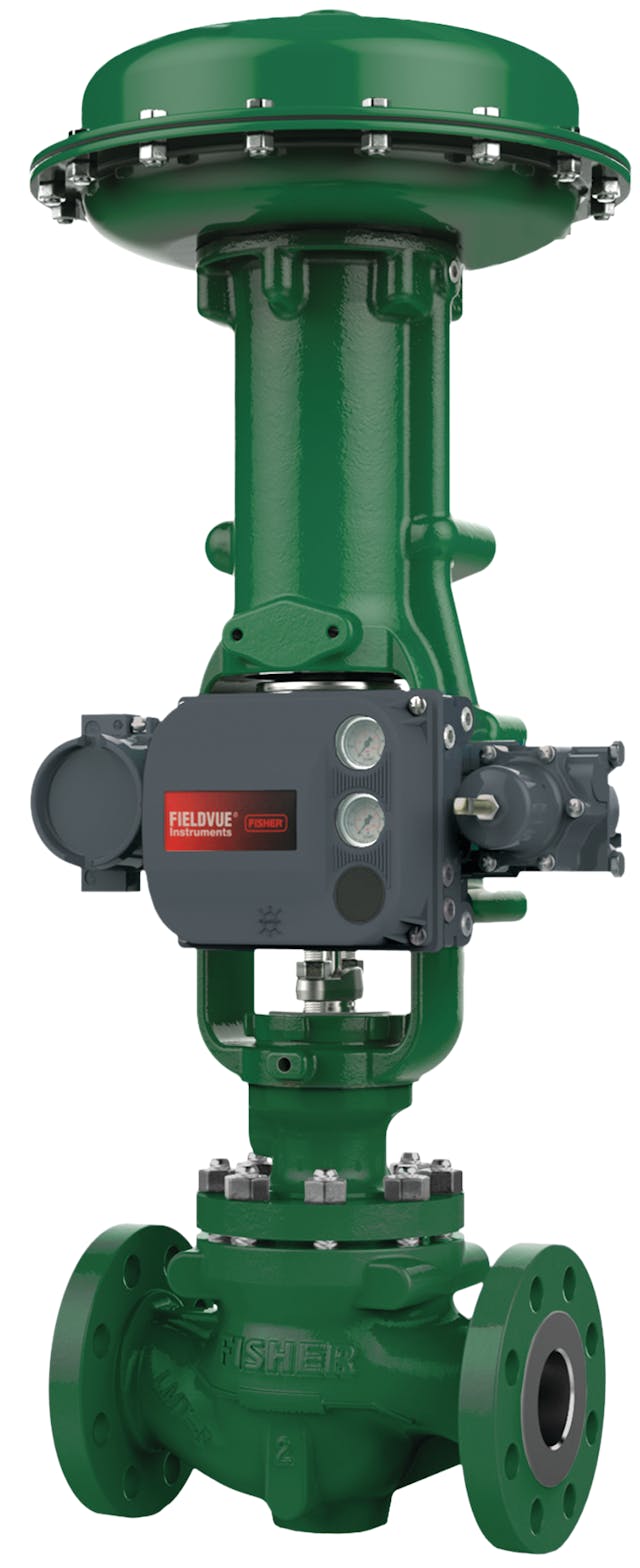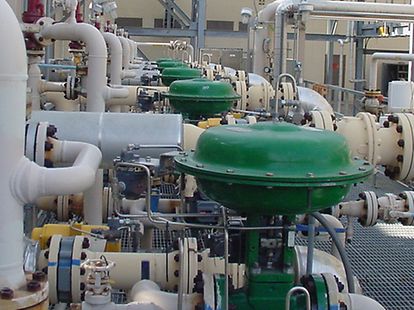Effective Control Valves: Trick Components for Efficient System Management
Effective Control Valves: Trick Components for Efficient System Management
Blog Article

Maximize Power Cost Savings and Convenience With Advanced Structure Automation Controls
In the realm of modern-day design and center management, the integration of advanced building automation manages stands as a critical improvement. The convergence of modern technology and sustainability has birthed a new era where power efficiency, comfort optimization, and functional streamlining are no more possible truths however distant ambitions. By taking advantage of the power of automation, structures can adjust, respond, and evolve in ways that were when unbelievable. The potential for significant energy financial savings and boosted convenience is not just an opportunity however a promise waiting to be satisfied. This standard shift in building monitoring holds the crucial to opening a globe where environmental conscientiousness and owner health harmoniously exist together within the walls of our structures.
Energy Efficiency Perks
Energy effectiveness benefits can dramatically minimize energy usage and functional costs in buildings. Energy-efficient systems, such as innovative building automation controls, can maximize the use of resources like home heating, air conditioning, and illumination, leading to lower power costs over time.
Furthermore, improved power efficiency can extend the lifespan of building equipment and systems. By operating more effectively, cooling and heating systems, light, and various other structure elements experience much less damage, leading to decreased upkeep and substitute costs. Furthermore, energy-efficient buildings usually command higher property worths and rental prices, providing lasting financial advantages to owners.
In addition, power effectiveness can boost owner comfort and efficiency. Appropriately managed interior environments with ideal lighting and thermal problems create a more enjoyable and helpful work area, leading to enhanced staff member complete satisfaction and performance. In general, the energy effectiveness advantages associated with innovative building automation controls are multifaceted, incorporating price financial savings, environmental stewardship, and passenger health.
Improved Comfort Control
Enhancing comfort control in building atmospheres requires an innovative combination of advanced automation systems for optimal passenger well-being. By using innovative building automation controls, facilities can tailor the indoor atmosphere to meet the certain requirements and preferences of occupants. These systems enable accurate policy of temperature level, ventilation, and illumination, creating a comfy and productive atmosphere. Resident complete satisfaction and performance are very closely linked to thermal comfort, making it necessary to have systems in area that can adapt to transforming conditions in real-time.
By integrating these sophisticated controls, buildings can not just enhance convenience yet also boost power efficiency by maximizing system operations based on real occupancy and use patterns. Inevitably, focusing on occupant comfort with innovative automation systems leads to a much more enjoyable and healthier interior atmosphere.
Functional Performance Improvements

Moreover, the execution of real-time tracking and analytics devices allows structure drivers to determine power ineffectiveness and functional anomalies quickly. By constantly monitoring power usage patterns and system efficiency metrics, adjustments can be made in real-time to optimize power intake and make sure peak operational efficiency. control valves. Furthermore, incorporating demand response strategies into structure automation controls can additionally improve operational efficiency by dynamically adjusting energy usage based on grid problems and pricing signals
Indoor Environment Optimization
Efficient interior environment optimization is a basic facet of structure automation controls, guaranteeing occupants' comfort and wellness while taking full advantage of energy cost savings. By using advanced sensors and controls, building automation systems can constantly check and adjust temperature, humidity degrees, air high quality, and air flow to create an optimum indoor environment. Maintaining see here now comfy and regular conditions not just boosts owner fulfillment however likewise increases efficiency and total well-being.
Indoor climate optimization likewise plays an essential duty in energy efficiency. By fine-tuning cooling, heating, and ventilation systems based upon real-time information and occupancy patterns, constructing automation controls can substantially minimize energy intake - control valves. For example, carrying out methods such as demand-controlled air flow and thermal zoning can aid minimize energy waste while guaranteeing that each location my explanation of the building receives the needed conditioning.

Lasting Atmosphere Creation
Building automation controls not just maximize interior climate problems for power effectiveness and occupant comfort yet likewise lay the structure for developing a lasting atmosphere with critical management of resources and systems. By incorporating sophisticated building automation modern technologies, such as sensors, actuators, and smart software, centers can change and keep an eye on energy usage in real-time to lessen waste and minimize their carbon impact. These systems make it possible for anticipating upkeep, recognizing possible concerns prior to they escalate and maximizing tools performance to boost longevity and efficiency.
Moreover, sustainable setting development expands beyond power administration to incorporate water preservation, waste reduction, and interior air top quality renovation. Structure automation controls can regulate water use, detect leaks, and make sure appropriate waste disposal techniques, adding to general sustainability initiatives. Additionally, by keeping track of and regulating ventilation and purification systems, these technologies boost resident health and wellness and productivity while reducing energy intake associated with heating and cooling procedures.
Conclusion
Finally, advanced structure automation controls offer significant benefits in regards to power financial savings, convenience control, functional effectiveness, interior environment optimization, and developing a lasting setting. By implementing these controls, buildings can accomplish optimum performance while decreasing energy usage and improving passenger comfort. It is noticeable that the use of advanced automation innovation is critical in improving structure performance and producing a much more lasting future.
Power go to this web-site performance benefits can substantially decrease power consumption and functional costs in buildings. Overall, the energy performance benefits connected with advanced building automation controls are multifaceted, incorporating cost financial savings, ecological stewardship, and owner well-being.
In addition, including demand response strategies into structure automation controls can further enhance operational efficiency by dynamically changing energy usage based on grid conditions and pricing signals.
Structure automation manages not only maximize interior climate conditions for energy effectiveness and passenger convenience however also lay the structure for creating a lasting environment with calculated monitoring of resources and systems.In conclusion, advanced building automation manages deal significant benefits in terms of energy financial savings, convenience control, functional performance, indoor climate optimization, and producing a lasting setting.
Report this page